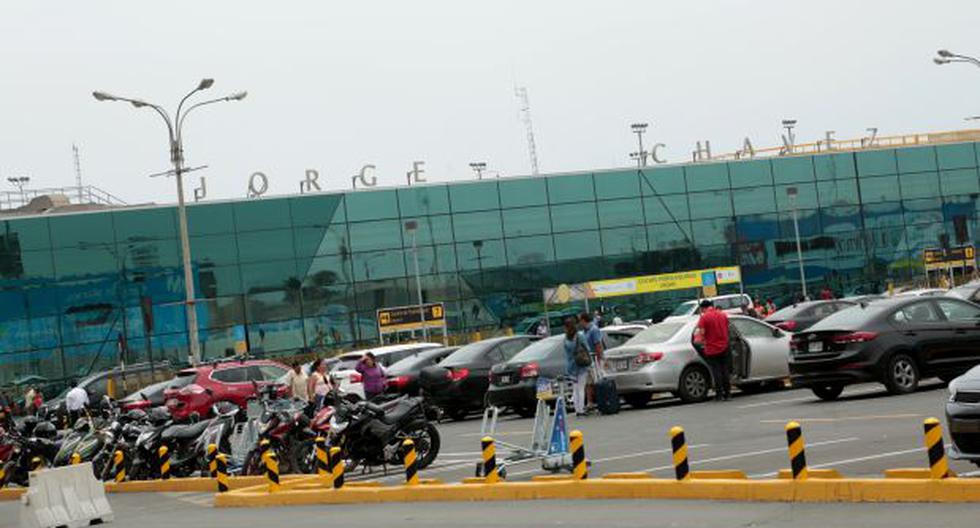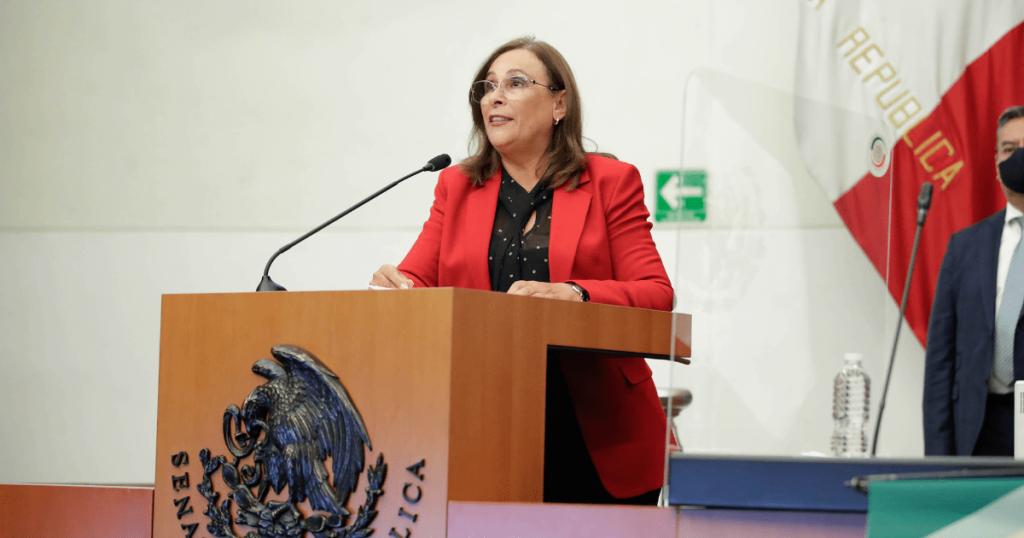The guilds and users that operate in the Jorge Chávez International Airport (AIJCH) support the decision of the Ministry of Transport and Communications (MTC) to deny the Lima Airport Partners (LAP) request for authorization to modify the previously agreed airport development plan.
Under the current concession contract, LAP is obliged to stop operating the current terminal and deliver a single new large terminal at the beginning of 2025.
However, LAP asked the authorities for approval to maintain the use of the current terminal until 2035 and to develop the new terminal in a modular way in three stages, starting with a smaller construction by 2025 and, eventually, deliver the final project just recently. in 2041.
SIGHT: More than 200 Minedu volunteers prepare public schools in Lima
“LAP argues a presumed lack of demand, but without considering the current and future projections of the airlines that operate in the AIJCH and, contrary, to the constant requests of the airlines to be authorized to operate more flights – at pre-pandemic levels. -, which today are being rejected due to the lack of capacity of the current terminal “, the unions indicated in a statement.
In this regard, the corresponding authorities have formally reconfirmed their denial of this request, supporting this decision that (i) the AIJCH concession contract does not contemplate this possibility; and (ii) the LAP proposal would not represent any technical or additional benefit for airport users either.
“As we do not see any benefit in the LAP proposal, we express our special support for the final resolution that has been given on this request, preventing the necessary expansion of the country’s main international airport from being further delayed”the document noted.
“We reiterate our total willingness to work together with authorities and private parties in order to have an airport that meets the highest standards of design, processes, capacity, technology, quality and service, taking into account the enormous positive impact that this project will have on the connectivity and socioeconomic development of all Peruvians during the next decades “added.















